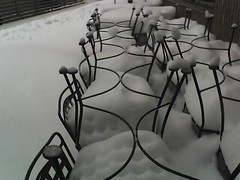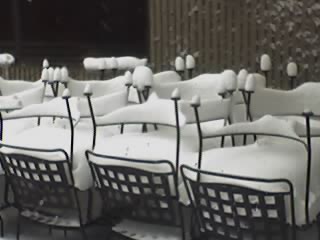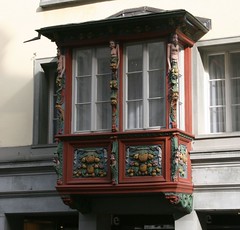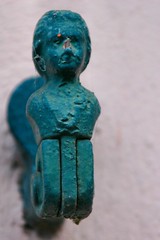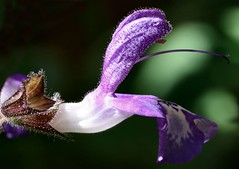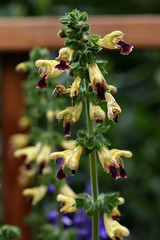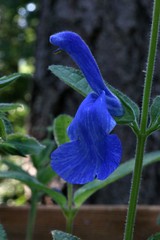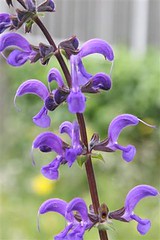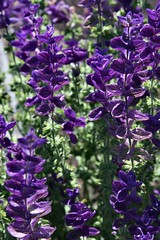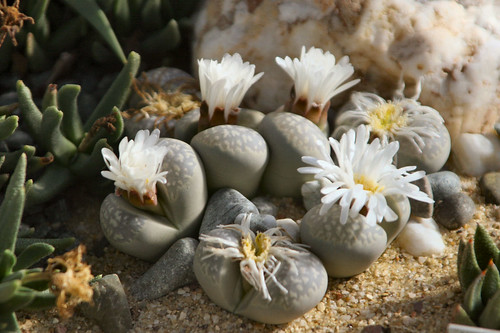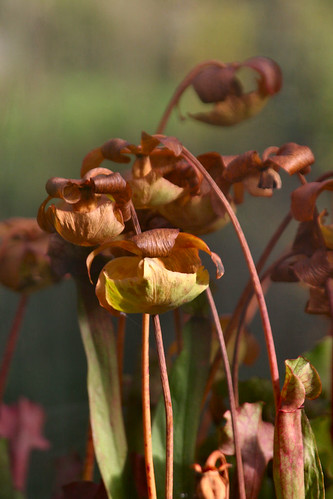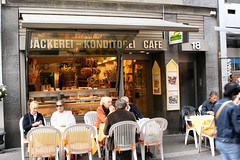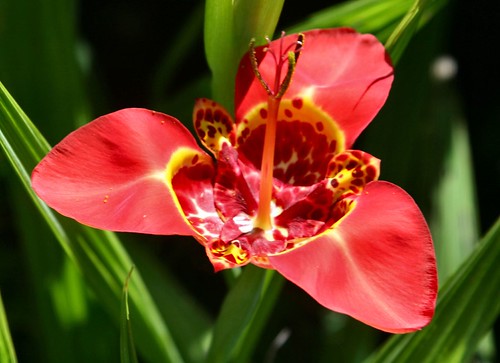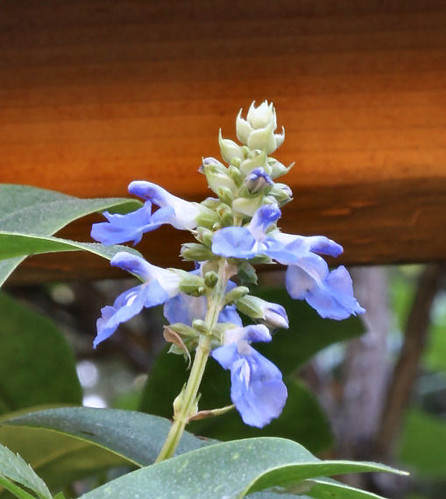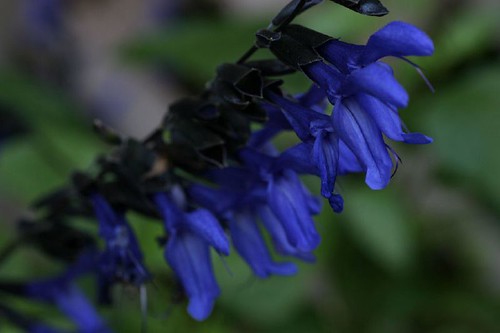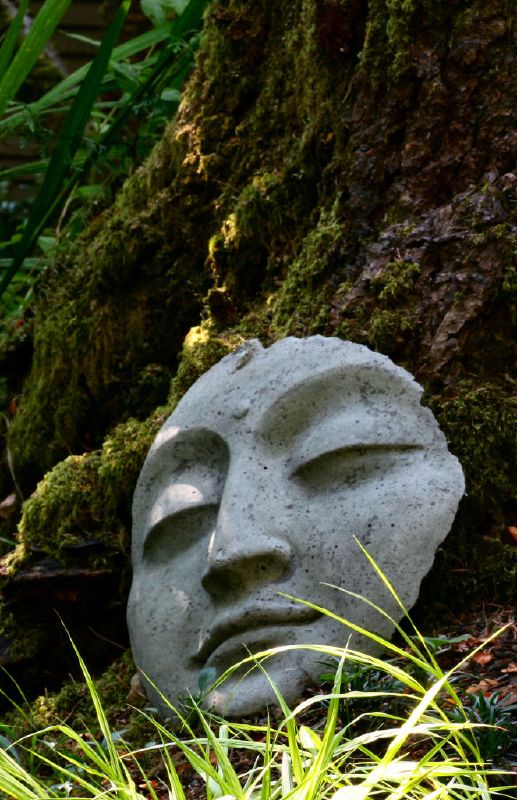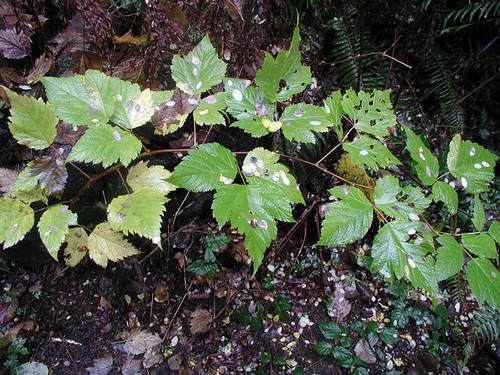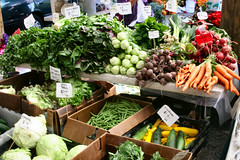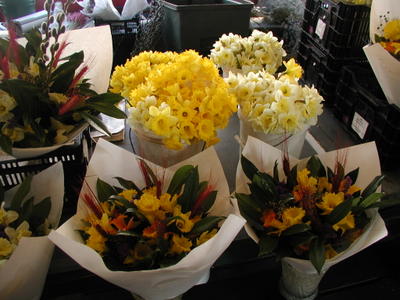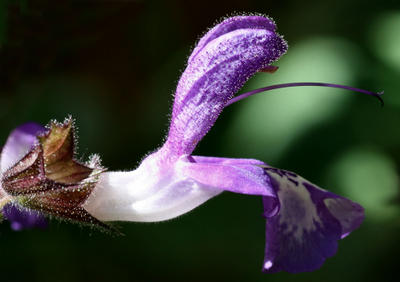
Yet another winter day here in Minnesota. Mostly just flurries for the last 24 hours resulting in abut an inch of powdery flakes the fall slowly and blow away easily.
Snow removal is mostly a problem of temporary storage - and the folks in the American Siberia of the northern mid-west are expert at it, having managed it for generations. As you can see here, the airport runways and aprons are basically clear but they were still working on scraping the last few millimeters of ice and snow off.
More snow flurries are forecast for this afternoon and on through tomorrow - but the following high pressure was already slipping in, driving the temperature down ten degrees. The temperature is supposed to continue it's downward trek for the next few days. I was glad to be leaving for the winter temperatures of Seattle.
